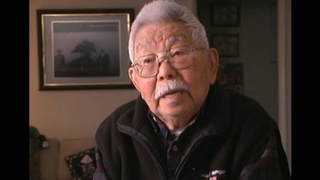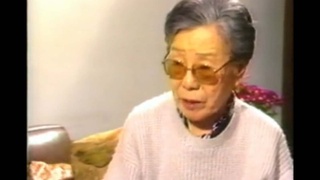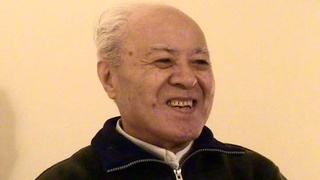Interviews
Mother's immigration to U.S. as a treaty merchant
And so my mother had to come in a different status, which was called the treaty merchants. And from what I understand, to be a treaty merchant that had to mean that you were fairly comfortable. And so, though my father, being a young man, didn't have the funds, they had to pretend that they were wealthy enough and signed up for the first-class and my mother was told that she had to behave very properly, and that's how they came.
Date: August 3 & 4, 2003
Location: Washington, US
Interviewer: Alice Ito
Contributed by: Denshō: The Japanese American Legacy Project.
Explore More Videos

Growing up with some Japanese families (Spanish)
(b. 1950) Nisei Chilean, Businessman

The various realities of Nikkei in Latin America (Spanish)
(b. 1950) Nisei Chilean, Businessman

Avoiding the Japanese military
(1914-2004) Nisei Bonsai master in the United States

Reasons for immigrating to Brazil (Japanese)
Issei, Pioneer of women's education in Brazil



Initial struggles with the language barrier (Japanese)
(b. 1917) Okinawan, Issei Argentinean

Decided to leave Japan to Argentina (Spanish)
(1925-2014) La Plata Hochi, Journalist

Tango makes him to stay in Argentina (Spanish)
(1925-2014) La Plata Hochi, Journalist


Decision to settle in Argentina after WWII (Spanish)
(b. 1929) Nisei Argentinean



Going to Brazil to escape debt (Japanese)
(1911-2010) Founder of JACTO group

